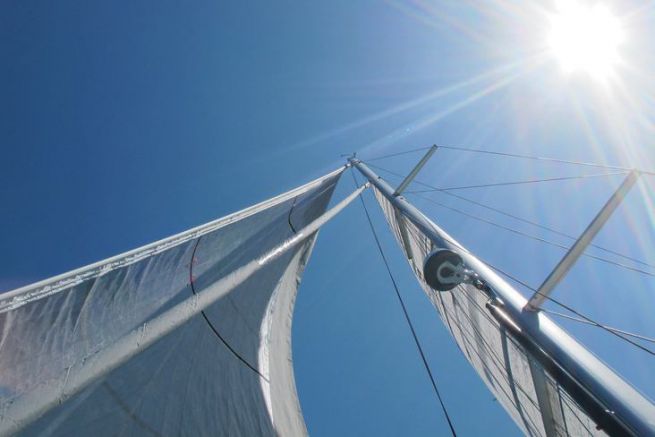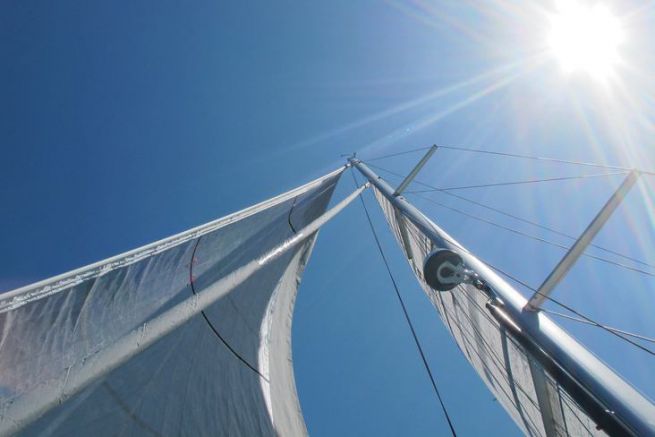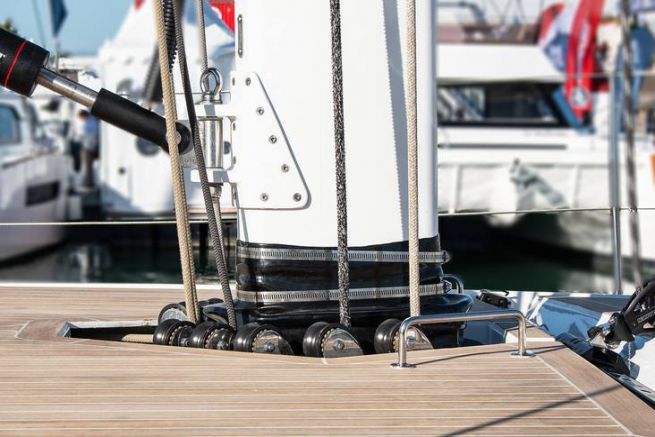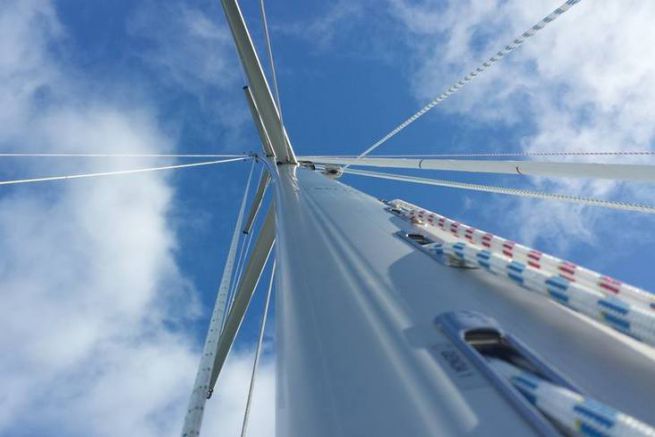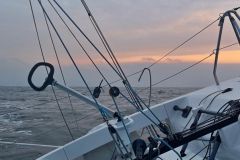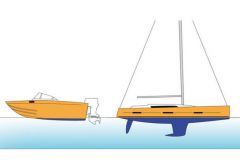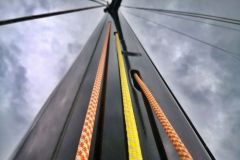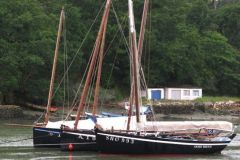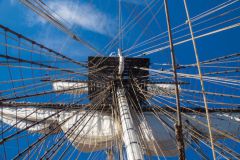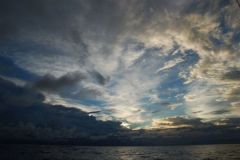All parts of the rig that are not supposed to move are called the standing rigging. It is divided into two parts: longitudinal and lateral. Spars like the mast or boom are not part of the standing rigging. This standing rigging can eventually be adjusted in port and will influence the shape of the sails, but in practice most boaters do little or nothing to their rigging.
The longitudinal standing rigging
The prop is the cable that takes the most load on the boat, so it is often the largest. It has two functions. The first is to keep the mast from going aft and the second is to be able to rig a sail on it. It is usually struck at the bow of the boat and at the top of the mast. It is a head rig. On some boats, it's hit a little below the masthead, which allows more adjustment, using the backstay. This is called a split rig.
Backstay always starts from the masthead and goes to the transom. It can be single or double. In the first case, it will be attached in the middle of the transom and in the second case it will be attached on both sides of the transom. But in all cases, its function is the same. It is to retain the mast to prevent it from moving forward. If it is equipped with an adjustment system, it can be used to tighten the forestay upwind and to give the mainsail some tilt.
Bastaques are at least two in number. The runner is a flying rope mounted on a hoist whose purpose is to tension the forestay by pulling the mast backwards. They are very useful upwind to avoid disturbing movements due to waves. The runners are rigged at the height of the caption the backstay is the most important part of the mast, and this is how it can be distinguished from the double backstay, which is rigged at the top of the mast.
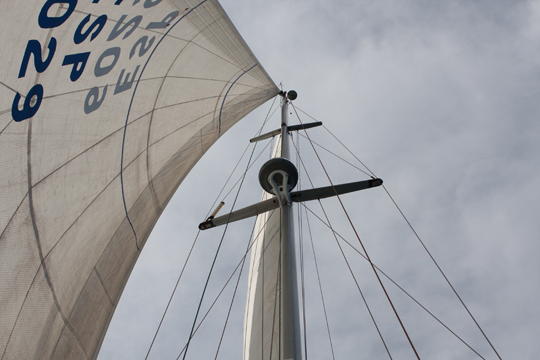
Lateral standing rigging
The shrouds hold the mast laterally, preventing it from going to one side or the other. They also ensure the overall shape of the mast profile, which will give the desired shape to your sail. This is why their adjustment is so important. There are many sub-categories, but we will look at the main ones.
1 euro The galhaubans : they start from the top of the mast to reach the deck.
2 euros The low-hangers they are also called D1 (Diagonal 1). They start at the deck and join the first spreader stage at the mast. These shrouds are under great pressure and prevent the mast from overloading "bend".
3 euros The intermediaries also called D2 (Diagonal 2). They are only present if you have two tiers of spreaders.
